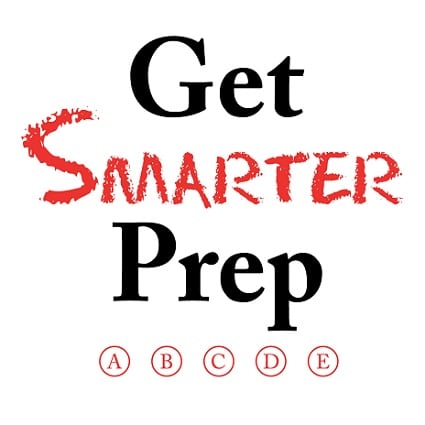PSAT Results
PSAT results are finally released, about a month after they were initially expected. While some students are still having difficulty accessing their scores, those who have been able to get in have been confronted with scores that look quite different from previous PSATs.
Total PSAT scores are between 320 and 1520. The total score is a combination of the Math and “Evidence-Based Reading and Writing,” each of which is scored between 160 and 760. While these score ranges are not the same as the SAT – the upper and lower limits are shifted down by 40 points – College Board maintains that they are basically predictive of a student’s performance on the SAT.
The Selection Index will appear lower this year due to the new scoring ranges. For the class of 2016 (the last class to take the “old” PSAT), the highest possible score was a 240, and state-by-state NMSQT/PSAT cutoffs for semifinalists varied from 202 to 225. This year’s maximum Selection Index is a 228. Estimates of this year’s cutoffs vary considerably, and it might be easy to obsess over all of the possibilities if you believe your score is in the range for National Merit consideration.
Percentiles have also become more complicated on this year’s reports. Online score reports will include both percentiles – a “Nationally Representative Sample Percentile” and the “User Percentile.” The Nationally Representative sample will generally be higher, and provides the score as a percentile of a “nationally representative” group of 11th grade students. This measurement demonstrates how a student’s score compares to all high school juniors in the United States, including students who “don’t typically take the test.” The Nationally Representative Sample Percentile is the one that will appear on a students’ hard-copy report. The User Percentile is the percentile rank we’re more familiar with, comparing the scores of students who actually took the test. The User Percentile is only available online.
With so much uncertainty remaining, what useful information can we gain from the PSAT? If you’re still debating which test to focus on – the ACT or SAT – your PSAT results/score can help you decide. If you do decide to move forward with the SAT, a more thorough review of your PSAT can help. When your hard copy score report is released, take the time to review your test booklet for additional insights and make a study plan for the SAT.


